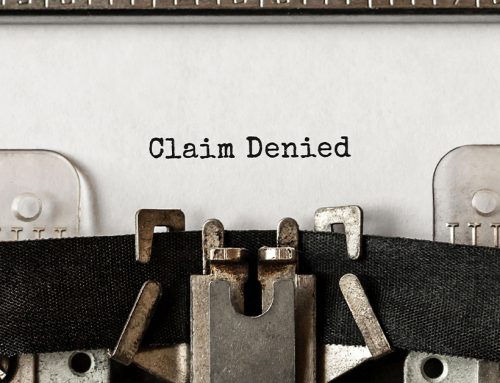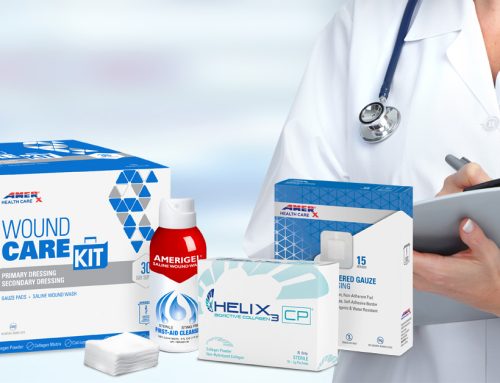What is a Qualifying Wound?
According to the DMEMAC Local Coverage Article (LCA), Surgical Dressings – Policy Article (A54563), surgical dressings are covered when a “qualifying” wound is present. We must understand which wounds qualify. While there are different requirements for different dressing types, all wounds must meet certain criteria before the dressing type can even be considered. The LCA informs that a qualifying wound must be either:
- A wound causing by or treated by a surgical procedure.
- A wound that has been debrided, regardless of the debridement technique.
Debridement Techniques
The notation, “regardless of the debridement technique” is important in this context. Not all wounds that are candidates for surgical dressings are candidates for sharp debridement. The LCA lists multiple examples of debridement types including:
- Surgical (e.g., using a sharp instrument or laser)
- Mechanical (e.g., using irrigation or wet-to-dry dressings)
- Chemical (e.g., involving the topical application of enzymes)
- Autolytic (e.g., the application of occlusive dressings to an open wound)
The LCA points out that this list is not all0inclusive and merely provides some examples.
The Value of Options
Recognizing that the “debridement” referenced in the qualifying wound criteria doesn’t necessarily need to be sharp debridement is particularly important during a Public Health Emergency like COVID-19. As we manage patients remotely during this time, we may need to order surgical dressings for patients that have not been seen in-person to receive a sharp debridement. The LCA considers all debridement techniques when determining if a wound qualifies for surgical dressings to ensure that the patient receives the supplies they need.
In Conclusion
Any type of debridement, regardless of technique, meets the debridement requirement when determining if a wound qualifies for surgical dressings.
DISCLAIMER: The information provided here is intended to educate health care providers regarding compliance for ICD, CPT, and HCPCS coding. The information provided does not guarantee reimbursement and is accurate to the best of our knowledge at the time of this publication. Coding guidelines can change and we encourage you to stay up to date. The existence of a code does not guarantee payment.

Dr. Jeffrey D. Lehrman, DPM, FASPS, MAPWCA, CPC, CPMA
Dr. Lehrman is a podiatrist practicing in Fort Collins, CO and operates Lehrman Consulting, LLC which provides consultation services regarding coding, compliance and documentation. Dr. Lehrman is a Certified Professional Coder and Certified Professional Medical Auditor. He serves as a staff liaison at the AMA CPT® Editorial Panel meetings where CPT codes are created, edited, and deleted. He is a Diplomate of the American Board of Foot and Ankle Surgery, Fellow of the American Society of Podiatric Surgeons, and is recognized as a “Master” by the American Professional Wound Care Association. Dr Lehrman is a Fellow of the American Academy of Podiatric Practice Management, Past Director of the American Professional Wound Care Association Board of Directors, and is a Past Chairman of the Board of the American Society of Podiatric Surgeons. Dr. Lehrman is also on the editorial advisory board of the journal WOUNDS.





